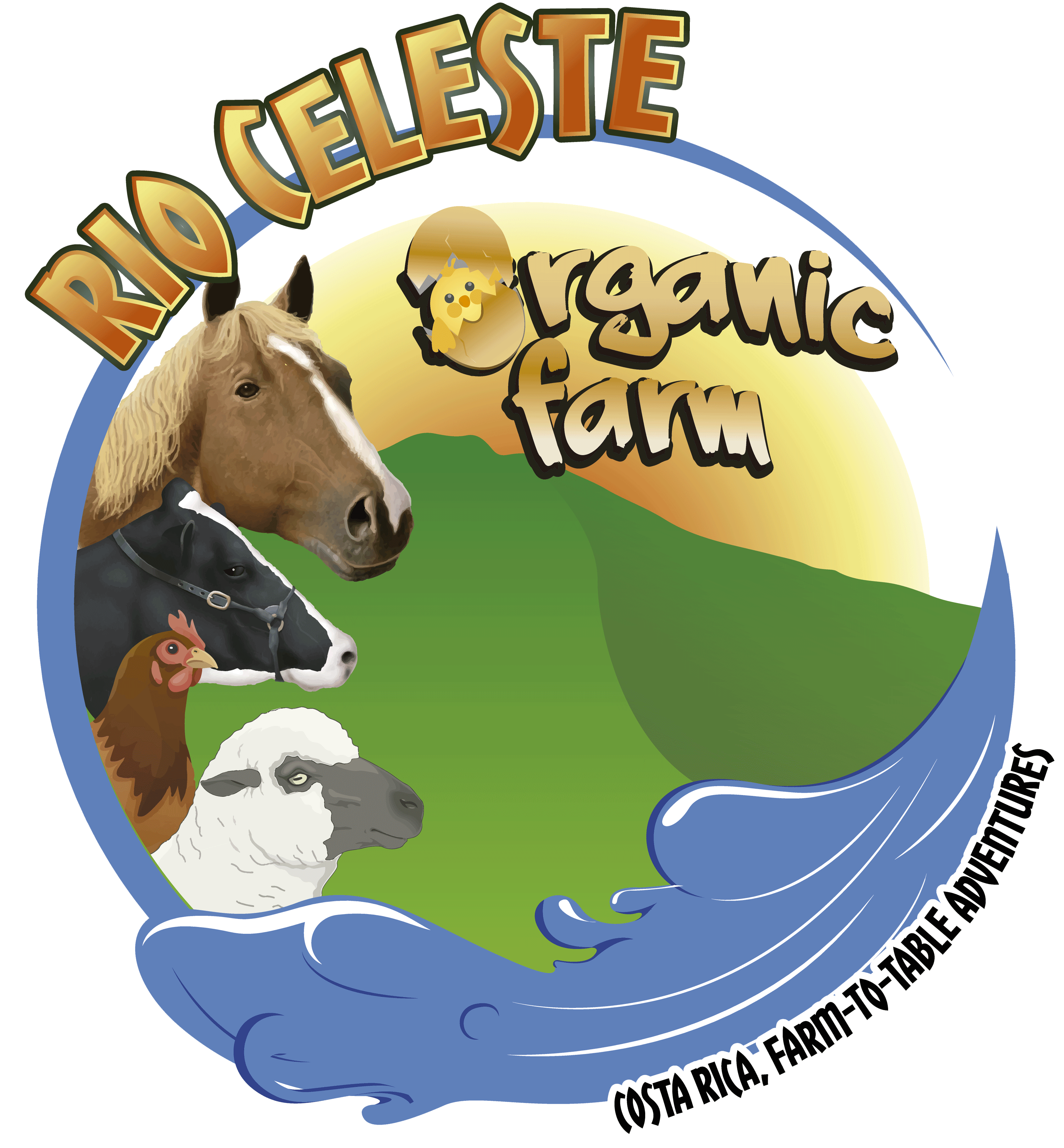
Lowland Paca Station
The Cuniculus paca, formerly known as Agouti paca is in the Order Rodentia under the Family Cuniculidae, which contains only one other species, the mountain paca (A. taczanowskii) (Wainwright 2007). The paca was formerly in the same family as the agouti in the Family Dasyproctidae.
Being the largest rodent in Costa Rica (Henderson 2002), the paca can be 70cm in length and weigh up to 9kg (28in., 20lbs.). The males are larger than females. The hind tracks are about 5cm wide and the skull length is about 19cm (Wainwright 2007). C. pacas are similar to the agouti and tapir, having a pig-like body shape with the upper reddish brown parts marked with horizontal rows of cream-colored spots along the sides. They are strictly nocturnal terrestrial mammals that live in burrows and hollow logs during the day (Smith 1983). As a defense mechanism against predators and to intimidate same-species rivals, the pacas can produce loud sounds of amplified grunts, growls, barks, and tooth-grinding noises. This is possible due to the unusually swollen zygomatic arch (the cheek bone) that acts as a resonating chamber, which is unique to mammals. Young pacas make a meowing sound until about a month old (Wainwright 2007).
You can be part of the experience of construct a new home for Lowland Pacas, we are going to make a commitmen with MINAE (institution in charge of the wildlife protection) to provide an appropriate place, food, for the correct reproduction of this specie, our compromise will be reproduce the most quantity as we can, and then introduce at the wildlife.




Agouti Station (Dasyprocta variegata)
It is diurnal, but takes nocturnal behavior if it feels threatened. It feeds mainly on fruit. Seeds buried in its territory and in times of food shortages depend on those buried seeds. Many of these seeds are forgotten, which helps in the proliferation of different types of trees and shrubs. 2 A couple occupies an area of 2-3 hectares defending. Used as shelter dig burrows in the ground, or among the roots of trees or among the rocks. When it senses danger bristled its coat giving the impression of being larger 3
The gestation period lasts between 93 and 104 days, after which the female gives birth to 1-3 young. It has two to three litters a year. They live just over thirteen.
You can be part of the experience of construct a home for Agoutis, we are going to make a commitmen with MINAE (institution in charge of the wildlife protection) to provide an appropriate place, food, for the correct reproduction of this specie, our compromise will be reproduce the most quantity as we can, and then introduce at the wildlife.










